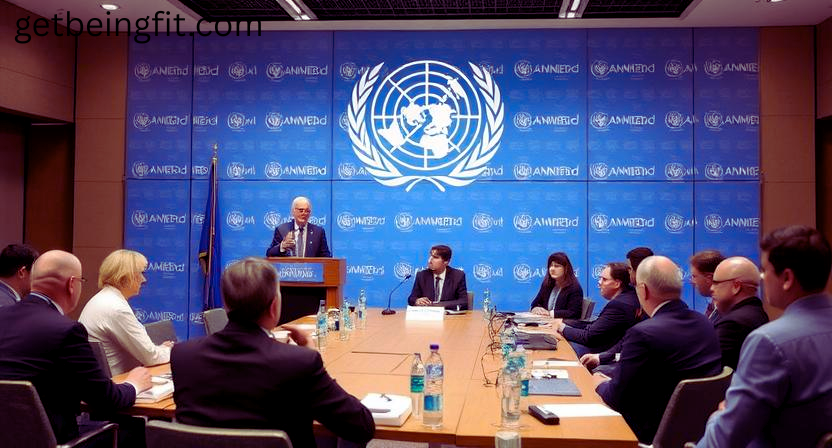The Hidden Impact on Medicines, Medical Devices, and Healthcare Costs
US reciprocal tariffs on Indian goods
Introduction: A Looming Crisis for India’s Healthcare
The US reciprocal tariffs on Indian goods—a trade policy designed to balance bilateral commerce—are sending shockwaves through India’s health sector. With $7.5 billion worth of Indian pharmaceuticals exported to the US annually, these tariffs threaten:
✔ Soaring prices of essential medicines and medical devices
✔ Disrupted supply chains for critical drugs like generics and vaccines
✔ Stifled innovation in India’s booming medical technology industry
This in-depth analysis explores:
- Which health products face the highest tariffs?
- How will this affect Indian patients and hospitals?
- Can India pivot to other markets, or will costs rise?
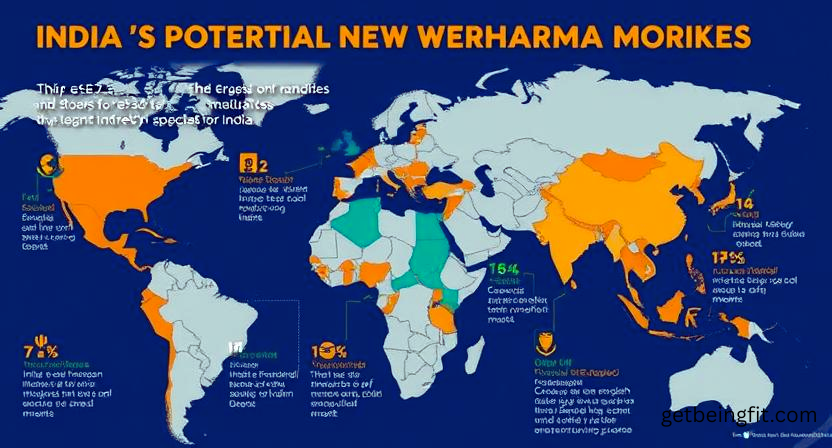
Section : The Tariff War – What’s at Stake for India’s Health Sector?
1.1 The US-India Trade Battle: Key Facts
- 2023 US tariffs target $3.3 billion worth of Indian exports, including:
- Medical devices (5-25% duty hike)
- Active Pharmaceutical Ingredients (APIs)
- Finished generic drugs
- India’s retaliation: Increased duties on US-made stents, ventilators, and surgical equipment
- “Will US tariffs cause medicine shortages?”
1.2 Immediate Impact on Indian Pharma
India supplies 40% of generic drugs and 60% of vaccines globally (WHO). Tariffs could:
- Raise export costs by 15-30% (Indian Pharmaceutical Alliance)
- Force Indian firms to cut production or shift to non-US markets
- How Europe is reacting to Indian drug tariffs”
- US reciprocal tariffs on Indian goods
- Case Study: Sun Pharma’s stock fell 8% after US tariff announcements
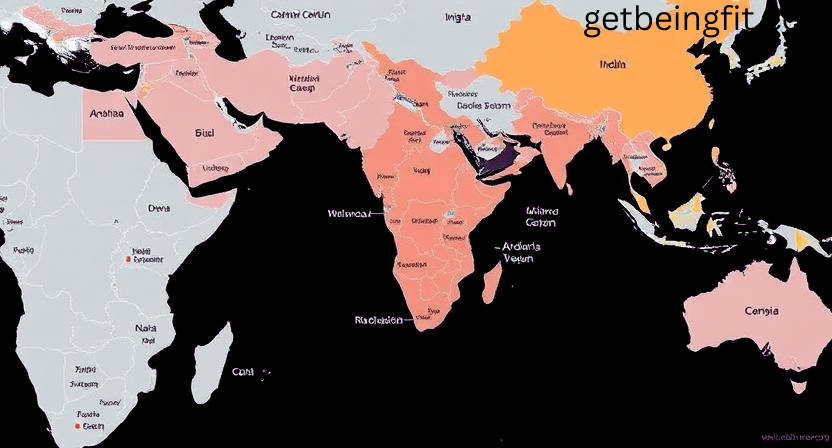
Section 2: How Rising Costs Will Hit Indian Patients
2.1 More Expensive Medicines
- Insulin, cancer drugs, and antibiotics may see 10-20% price hikes
- Indian government’s price cap policy could clash with rising input costs
2.2 Shortages of Critical Devices
- US-made MRI machines, pacemakers, and surgical tools will cost more
- Hospitals may delay upgrades, affecting patient care
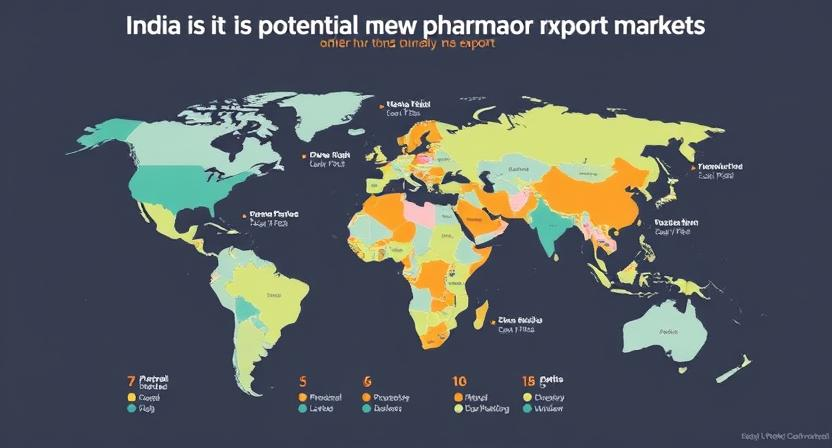
Section 3: Long-Term Risks for India’s Health Sector
3.1 Threat to “Pharmacy of the World” Status
- US accounts for 30% of India’s pharma exports
- European and African markets may replace US demand—but at lower profits
3.2 Slowdown in Medical Innovation
- Tariffs on APIs could disrupt India’s $60 billion pharma R&D pipeline
- Startups in telemedicine and AI diagnostics may lose US investors
Section 4: Can India Fight Back? Possible Solutions
4.1 Boosting Domestic API Production
- PLI (Production-Linked Incentive) scheme for local drug manufacturing
- Reducing reliance on Chinese raw materials
4.2 Exploring New Export Markets
- Africa, Latin America, and Southeast Asia as alternatives
- Russia’s pharma import ban on West could open doors
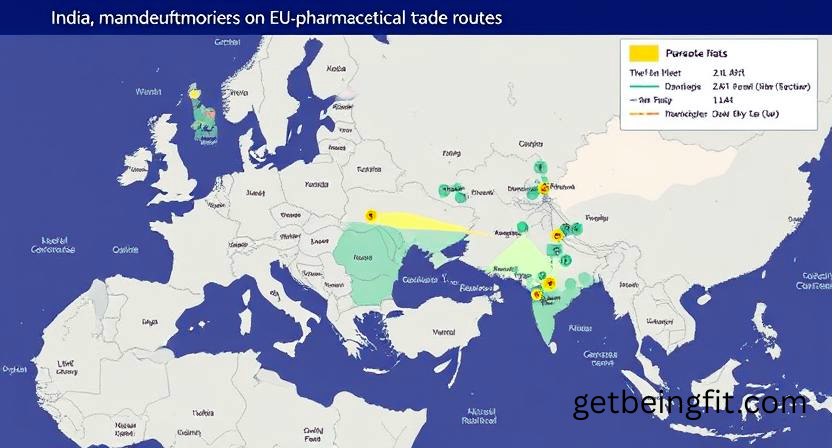
Conclusion: A Crossroads for Indian Healthcare
The US tariffs present both a crisis and an opportunity—forcing India to:
✅ Reduce dependency on US trade
✅ Invest in self-reliant medical manufacturing
✅ Fast-track policies to stabilize drug prices
How China is Shaping India’s Health Sector Amid US Tariffs – Savior or Silent Player?
China’s Growing Role in India’s Healthcare Crisis
As US reciprocal tariffs disrupt India’s pharmaceutical and medical device exports, China has quietly emerged as a key player—both as a competitor and an unlikely collaborator. With 60% of India’s Active Pharmaceutical Ingredients (APIs) imported from China, the dynamics of this relationship could determine whether India’s health sector collapses or adapts under trade pressure.
This section explores:
✔ China’s dual role (supplier vs. rival) in India’s health sector
✔ Will China fill the gap left by US tariffs?
✔ The risks of over-dependence on Chinese imports
Section 1: China as India’s Lifeline for Cheap APIs
1.1 Why India Relies on China for Medicines
- India imports ~$3.5 billion worth of APIs yearly (Ministry of Chemicals)
- Chinese APIs are 20-30% cheaper than Indian or European alternatives
- Critical drugs (paracetamol, antibiotics, vitamins) depend on China
Section 5: Global Health Organizations Sound the Alarm
5.1 WHO Warns of Drug Access Crisis
- “Tariffs could reverse decades of progress in global health equity”
- Calls for emergency trade exemptions for essential medicines
5.2 Gates Foundation & Gavi’s Contingency Plans
- Stockpiling vaccines in case of supply disruptions
- Funding African/Asian local production initiatives
- Africa’s medicine crisis after US-India trade war”
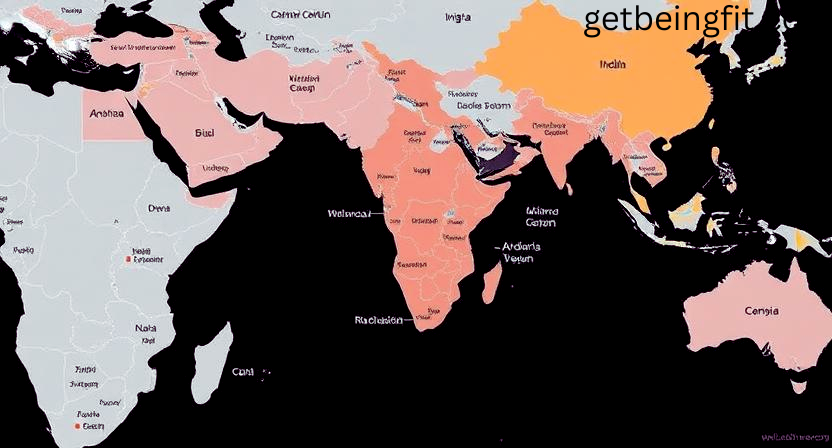
Conclusion: A Test for Global Health Solidarity
The world faces three possible paths:
1️⃣ Fragmentation – Competing trade blocs worsen medicine inequality
2️⃣ Innovation – Countries invest in self-sufficiency (like India’s API push)
3️⃣ Cooperation – New global pacts protect health trade from geopolitics
“China’s role in global pharma trade wars”


